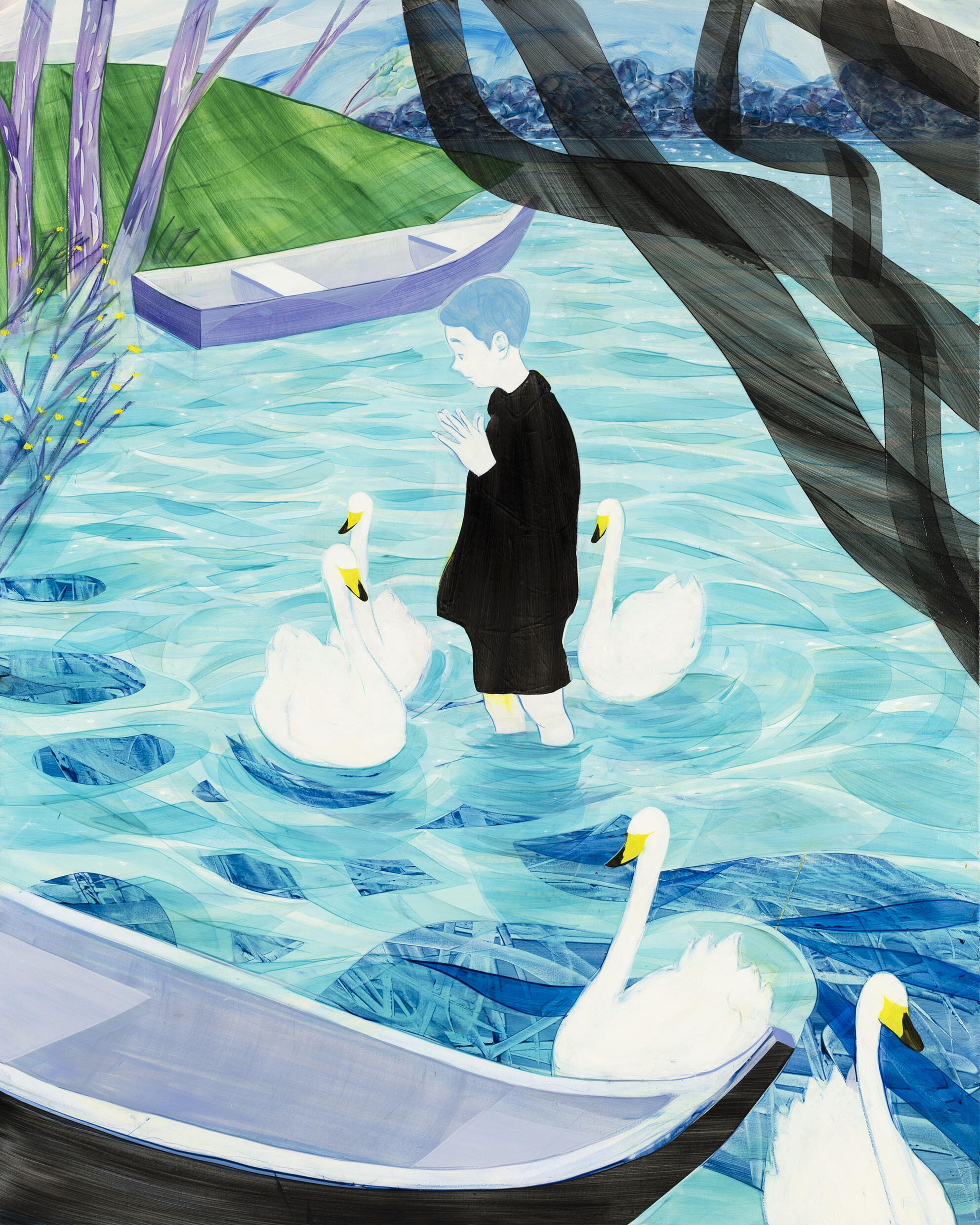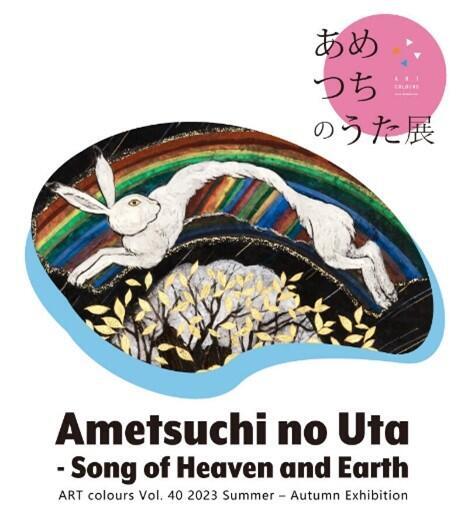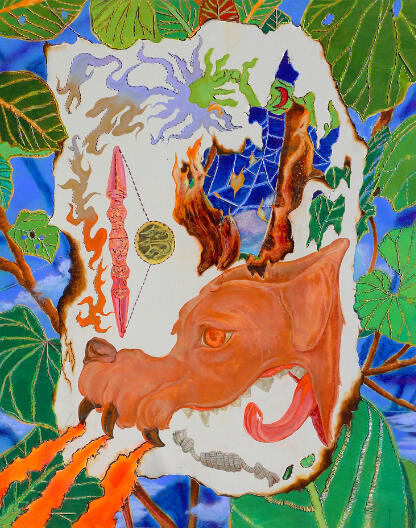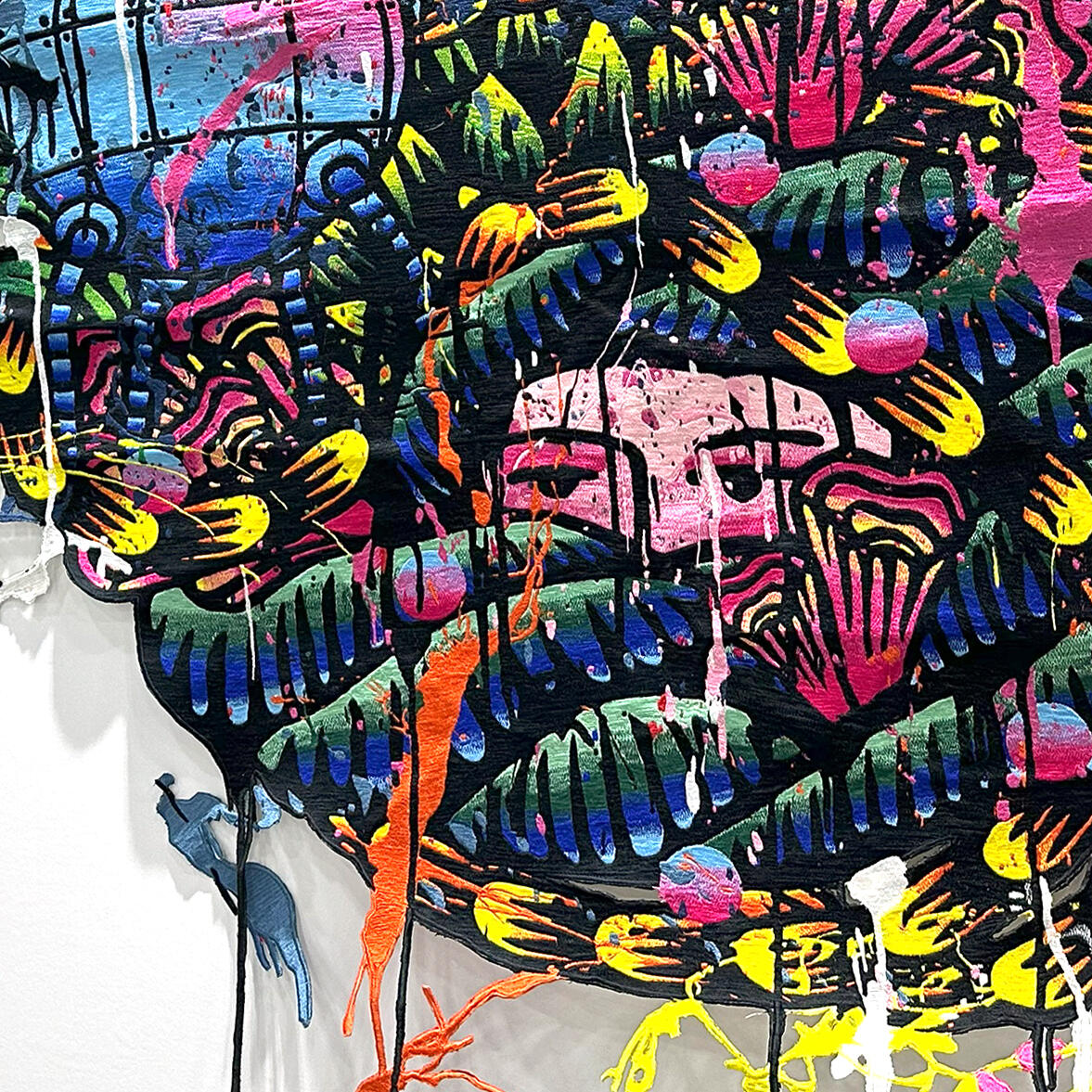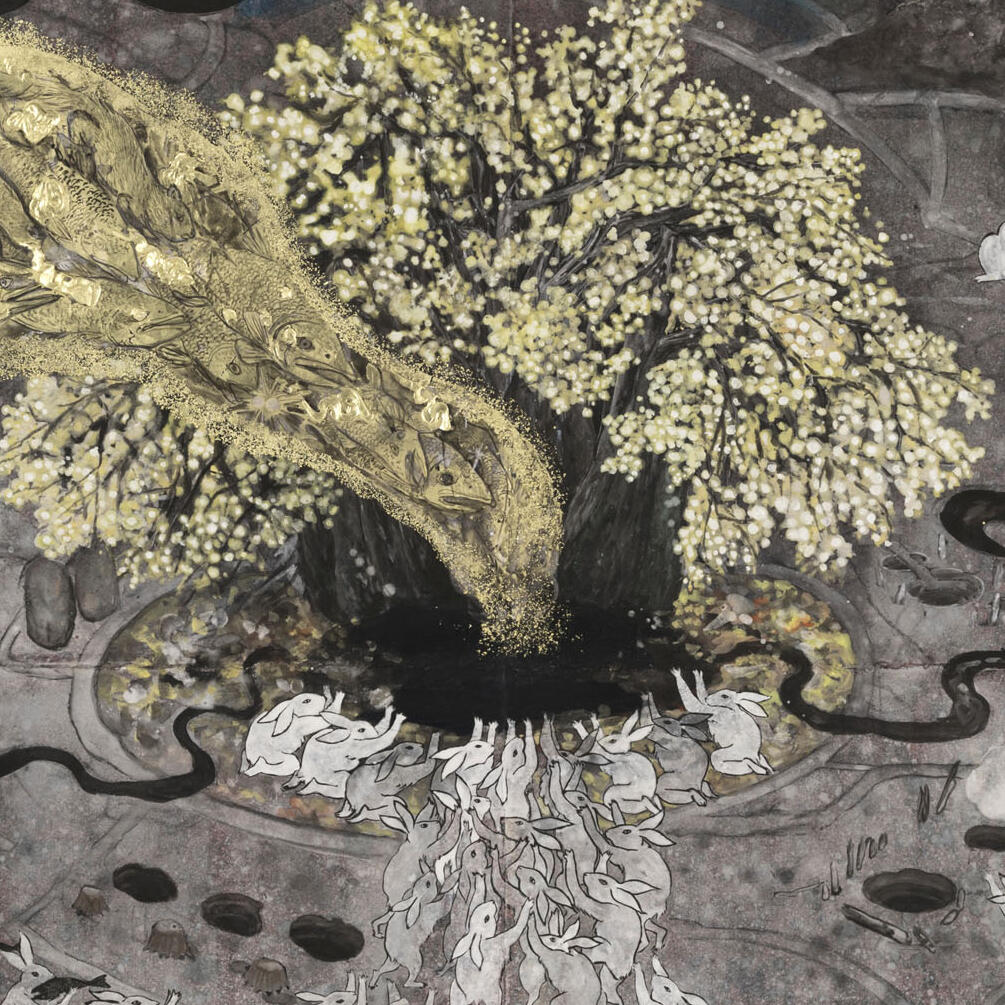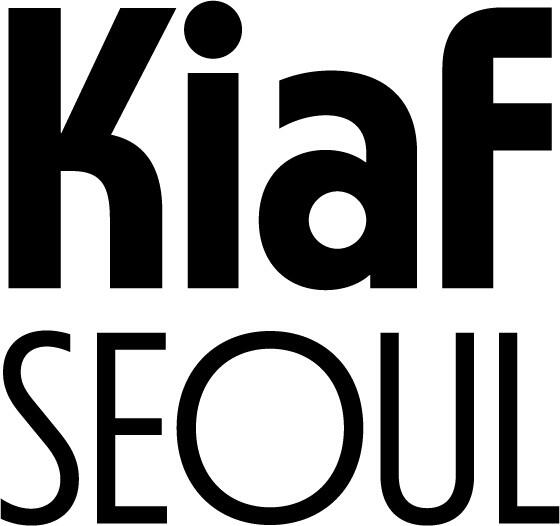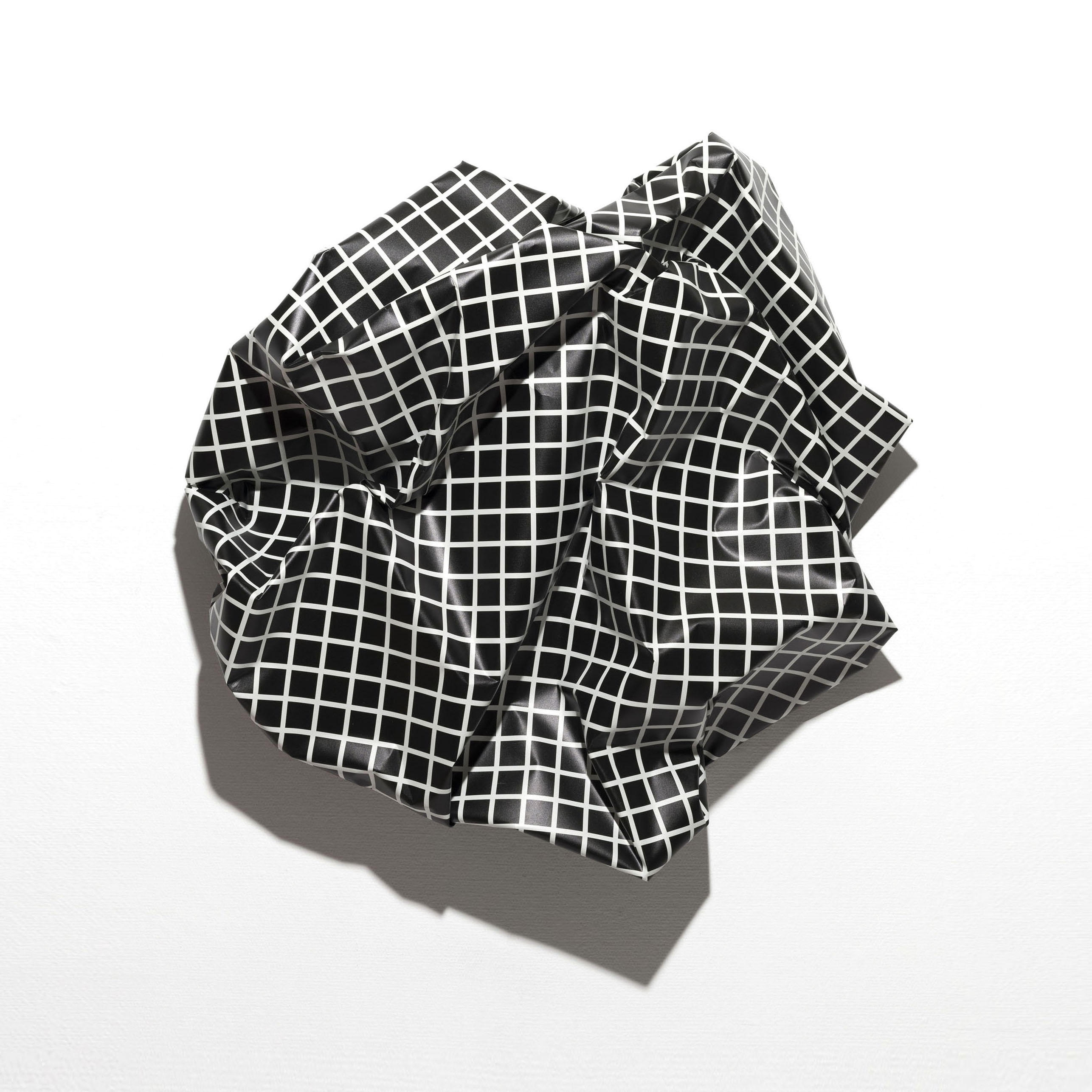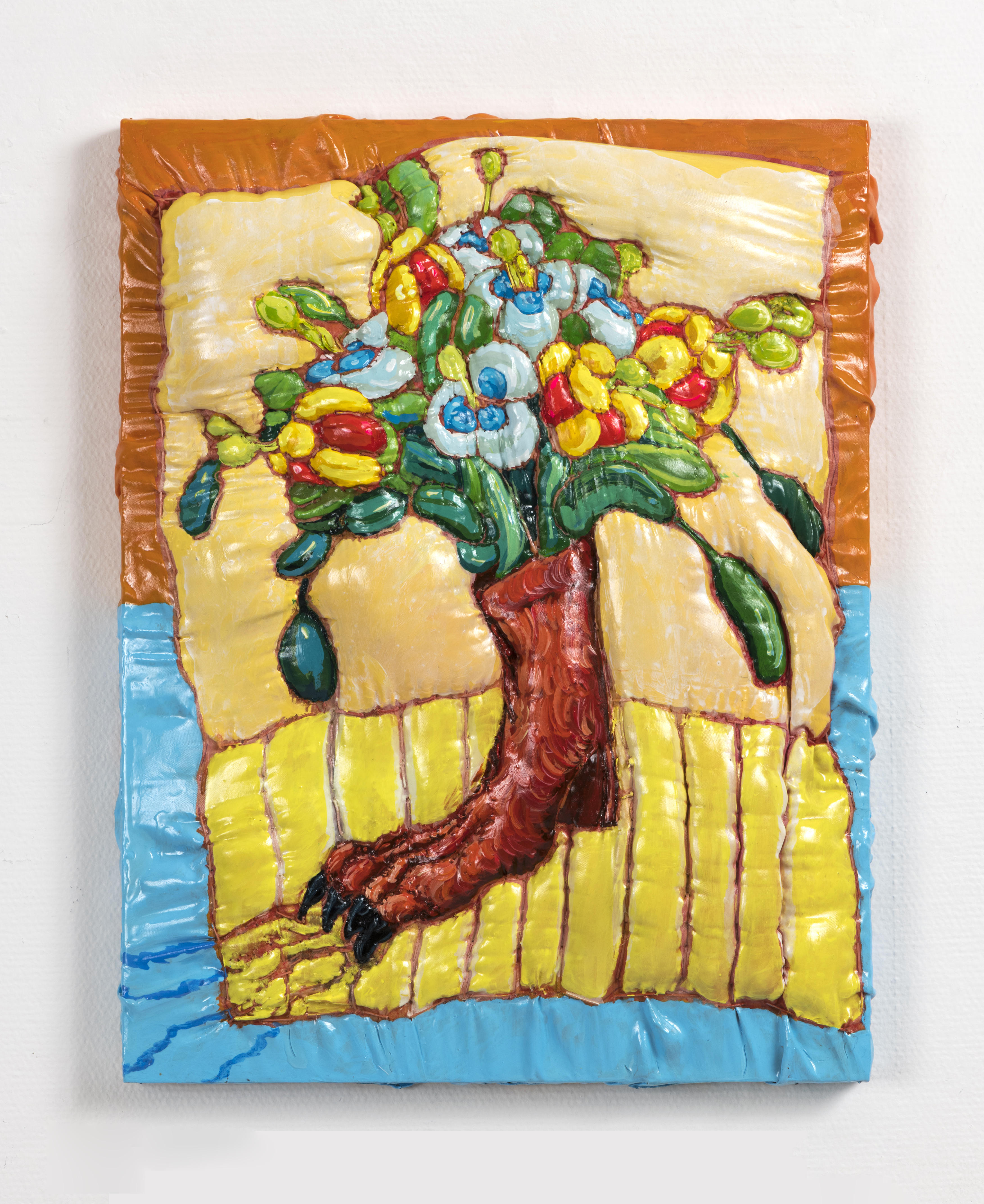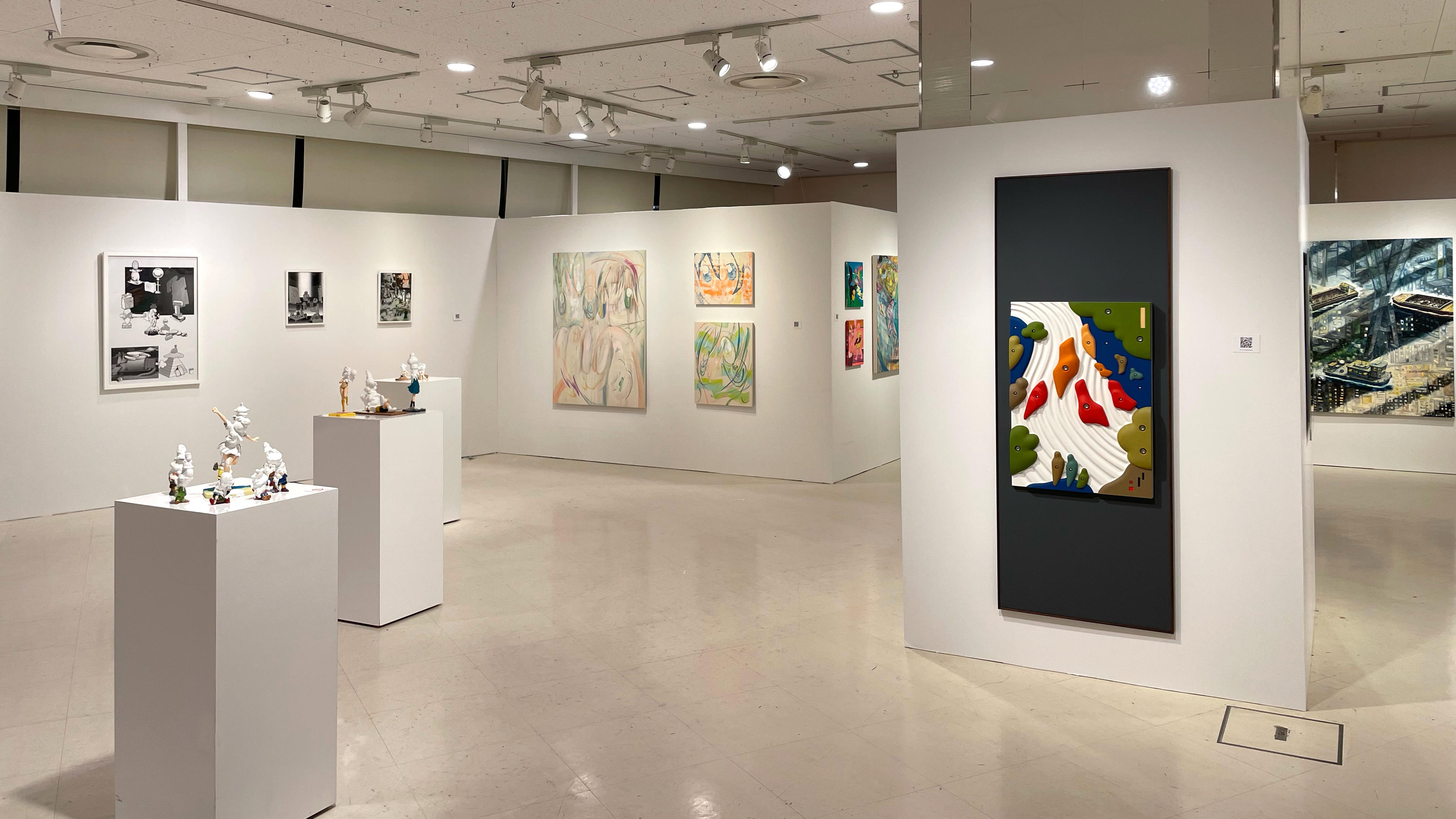Exhibition
Yume Aoyama Solo Exhibition : Invisible Kaiju
April 12th (Fri.) 2024 - May 19th (Sun.) 2024
| Date | April 12th (Fri.) 2024 - May 19th (Sun.) 2024 |
|---|---|
| Hours | Wed. ~ Fri. 12:00 - 19:00 / Sat., Sun.:11:00 - 17:00 |
| Closed | Monday, Tuesday and Golden week holidays (May 3rd to 7th) |
| Reception | April. 13 (Sat) , 16:00-18:00 |
| クロストーク ※事前予約制 | 4月13日(土)14:00-15:30頃 / 登壇者:石倉敏明(人類学者・神話学者)x 青山夢 ※下記URLよりご予約ください https://forms.gle/g16WtWmdKgdapngc7 |
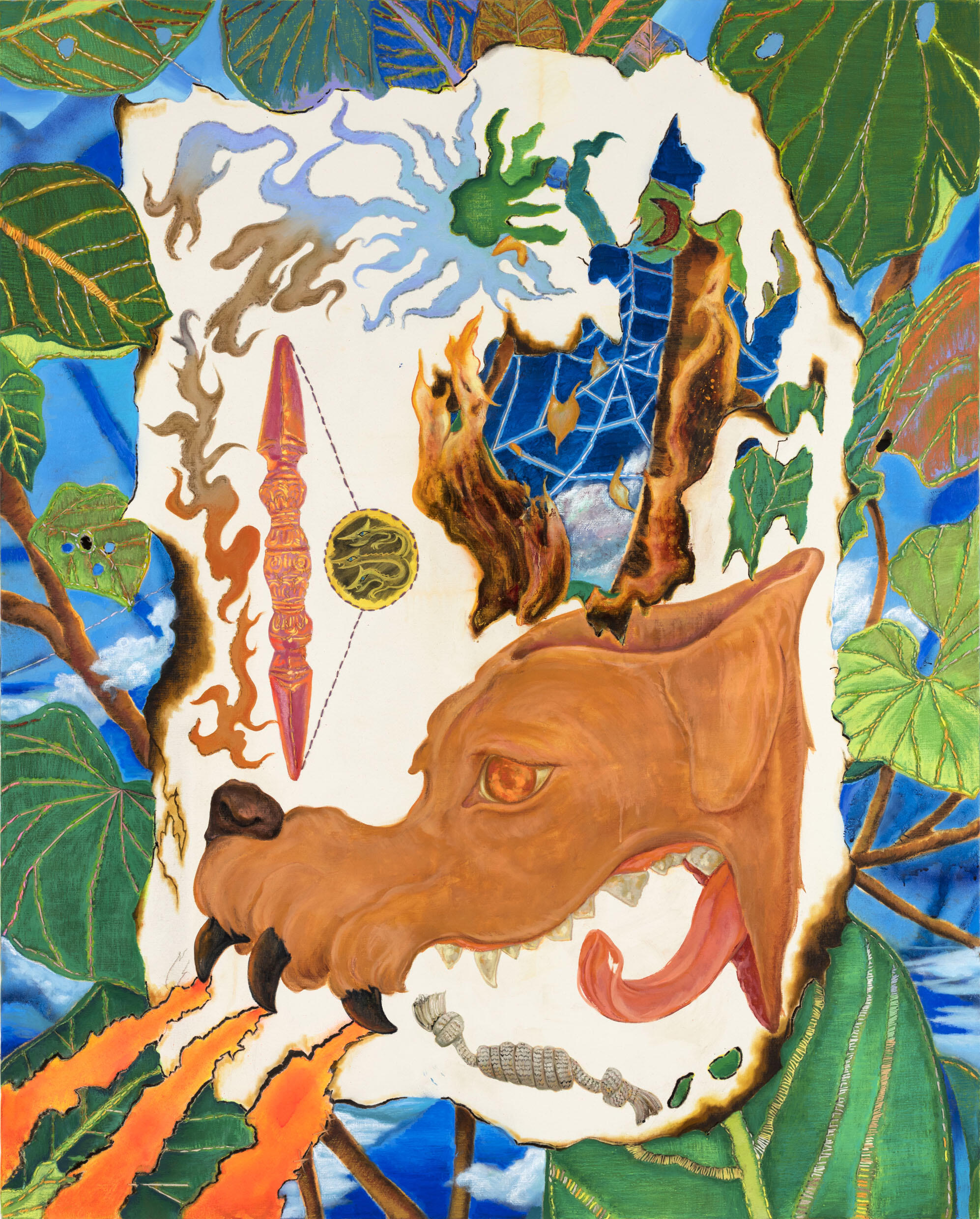
Yume Aoyama "Stitching Beasts" 2023 Canvas, oil, acrylic, thread / 1620x1303mm
Yume Aoyama, who has been creating works inspired by the universal form of human contemplation of death amidst the environments people live in, through her research on Mukasari ema, a memorial tradition in the Murayama region of Yamagata Prefecture, has turned her interest to beasts intermingling without boundaries, even in the face of overwhelming calamities beyond human comprehension. Using various animal skins and fur as her foundation, she portrays the coexistence of healing and destruction, through a mythological perspective on the symbiosis between humans and nature. Myths have been narrated based on events occurring in the land since ancient times.
In this exhibition, Yume Aoyama focuses on Ultraman monsters. The original Ultraman series, the pioneer of Japanese tokusatsu, initially featured works reflecting contemporary issues such as arms races, the Vietnam War, and discrimination. At that time in Japan, adults seemed to convey to children of the future, who watched the program as a reflection on war, the societal issues occurring worldwide through Ultraman monsters. The artist mentions, "Mythology and Ultraman monsters have striking similarities." Both symbolize problems that have occurred in human activities across eras, making them visible and conveying them to people. She contemplates what kind of monsters exist in the modern world with this motif. Recent threats include natural disasters arising from viruses and environmental destruction, as well as artificial changes in social environments such as weapons flying at supersonic speeds, AI, and the inundation of information on social media. It feels like these invisible calamities have been increasing. In this exhibition, the artist creates contemporary monsters based on these less visible issues, giving rise to new narratives.
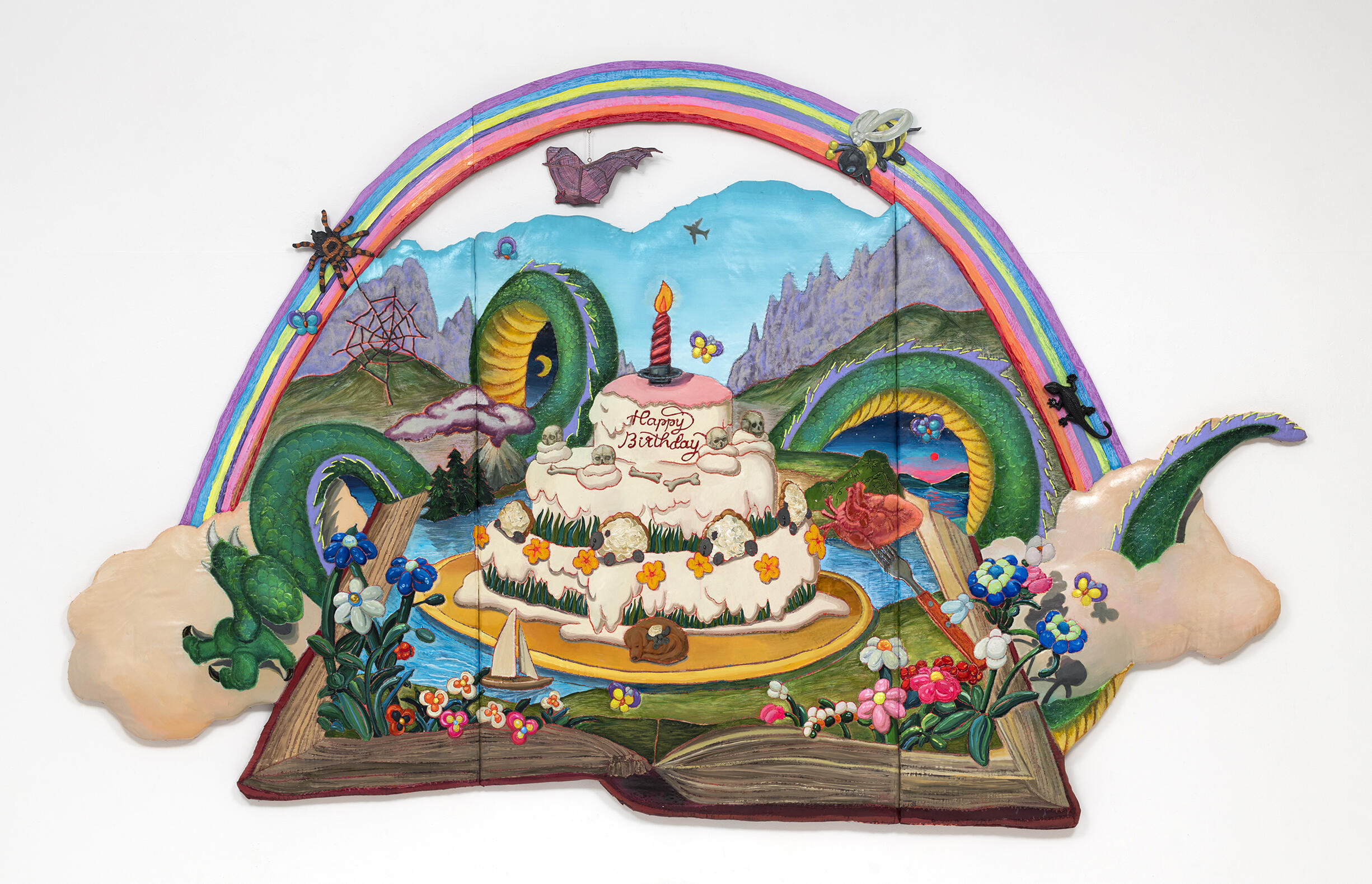
"Invisible Kaiju" 2024, polyester, cotton, acrylic, oil painting 1650 x 2700 mmMyths of Kitschness to Transcend Time and Space
On Images Created by Yume Aoyama
Toshiaki Ishikura (Anthropologist, Mythologist)
Yume Aoyama fabricates unique image worlds transcending time and space. Her method lies in selecting contemporary motifs from manga and anime, and joining these to timeless equivalents from worldwide legend and folklore. She generates spaces of drunken dreaminess. The viewer is made to confront a vast energy that exceed the personal experiences of an artist as individual.
Aoyama was born in Japan in the 1990s, just as the TV animation Pokémon was first broadcast in Japan. She also absorbed “character-culture” through exposure to manga, anime and video games. Such media proposed worlds that were glossy, smooth and flat, devoid of depth in Japan. These were two-dimensional spaces, sometimes referred to as a 2D or 2.5D mental environments. Aoyama’s preferred manga and game characters were, precisely, the bearers of flat, two-dimensional stories that appear in myth. These were the kind that have so intoxicated Japanese children.
But Aoyama also discovered a lineage of creativity beyond flatness. This appeared in the manga of Osamu Tezuka, Yoshiharu Tsuge, Daijiro Morohoshi, the theater of Shuji Terayama, and the monsters in the special-effect series Ultraman. Her interests moved to generation of chaotic energies lurking in the hinterlands of flat, expressive surfaces. This in turn led her to discovery of “mukasari-ema” , or prayer images. These are a type of votive plaque offered to the spirits of men who died unmarried, helping them find a wife in the next world. Donating plaques is the custom in the Murayama region of the Yamagata Basin. They carry an image of the living person interconnected with their deceased spirit. Our world and the realm of the dead are rendered seamless. From these Aoyama devised a kind of bricolage, or patchwork methodology which she used to cross borders separating opposing dimensions, such as digital/analog, life/death and urban/rural. A new type of expression was born, mediating between order and chaos.
Aoyama employs classical techniques such as tempera and goldleaf to produce her art. She also uses animal fur and cloth fragments to construct the images’ supporting base. With this combination she seeks to express the formless nuances of emotion, the pulsing rhythms of internal organs, and the shadows that objects cast. Her work evinces a dialectic creativity taken from the post-1989 aesthetic of smooth flatness, and the deeply analog culture that preceded it.
With such unusual expressional techniques, Aoyama hopes to re-make monsters from the Ultraman series who used to destroy Japanese cities in the period of rapid economic growth. Her monsters bite and tear at the blinking world, as if on LCD screens, and seem ready to awaken us with their real-life roars. Aoyama is about to open quietly a secret door between mass culture and contemporary art, which the late art critic Junzo Ishiko defined as “kitsch” .
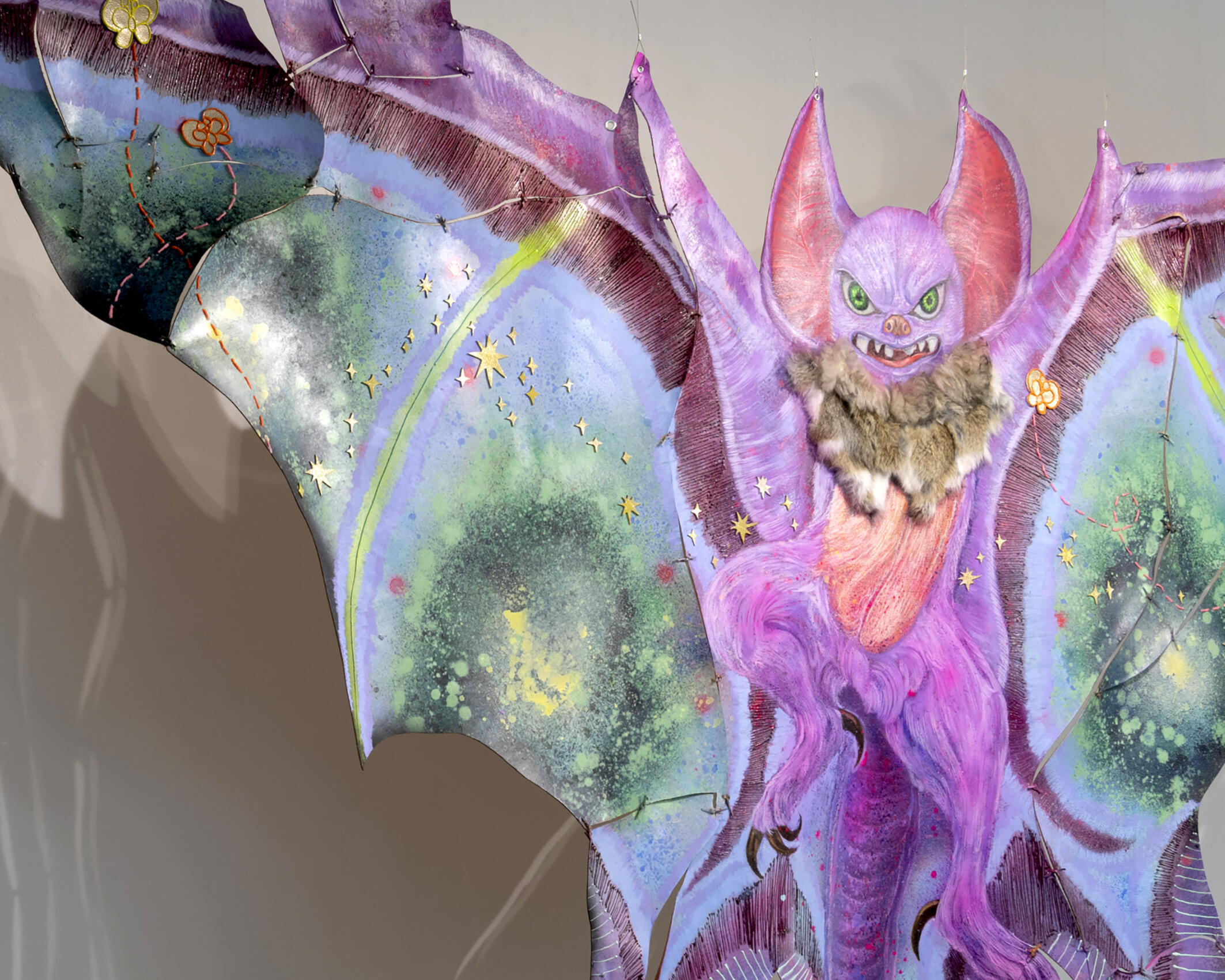
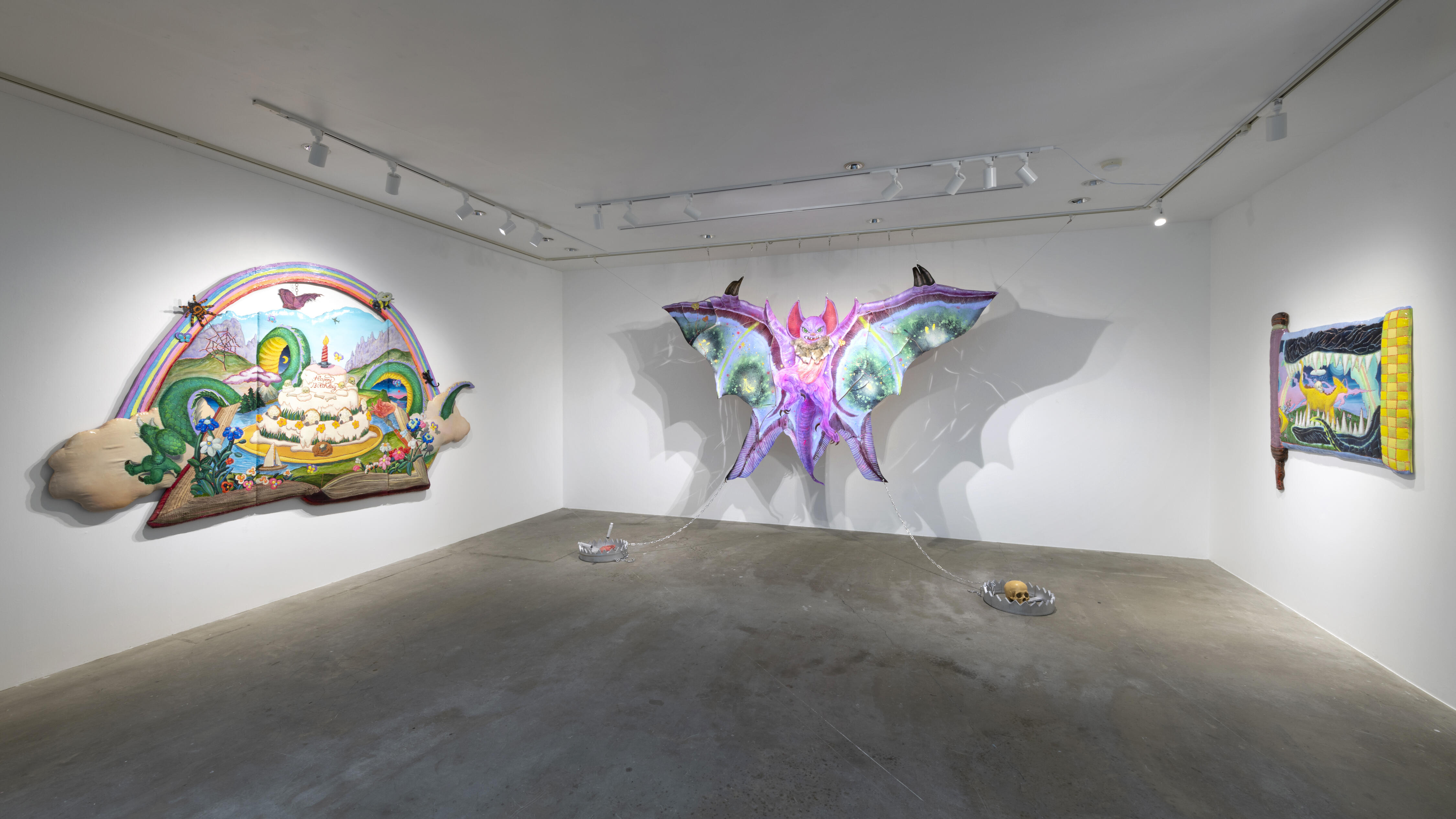
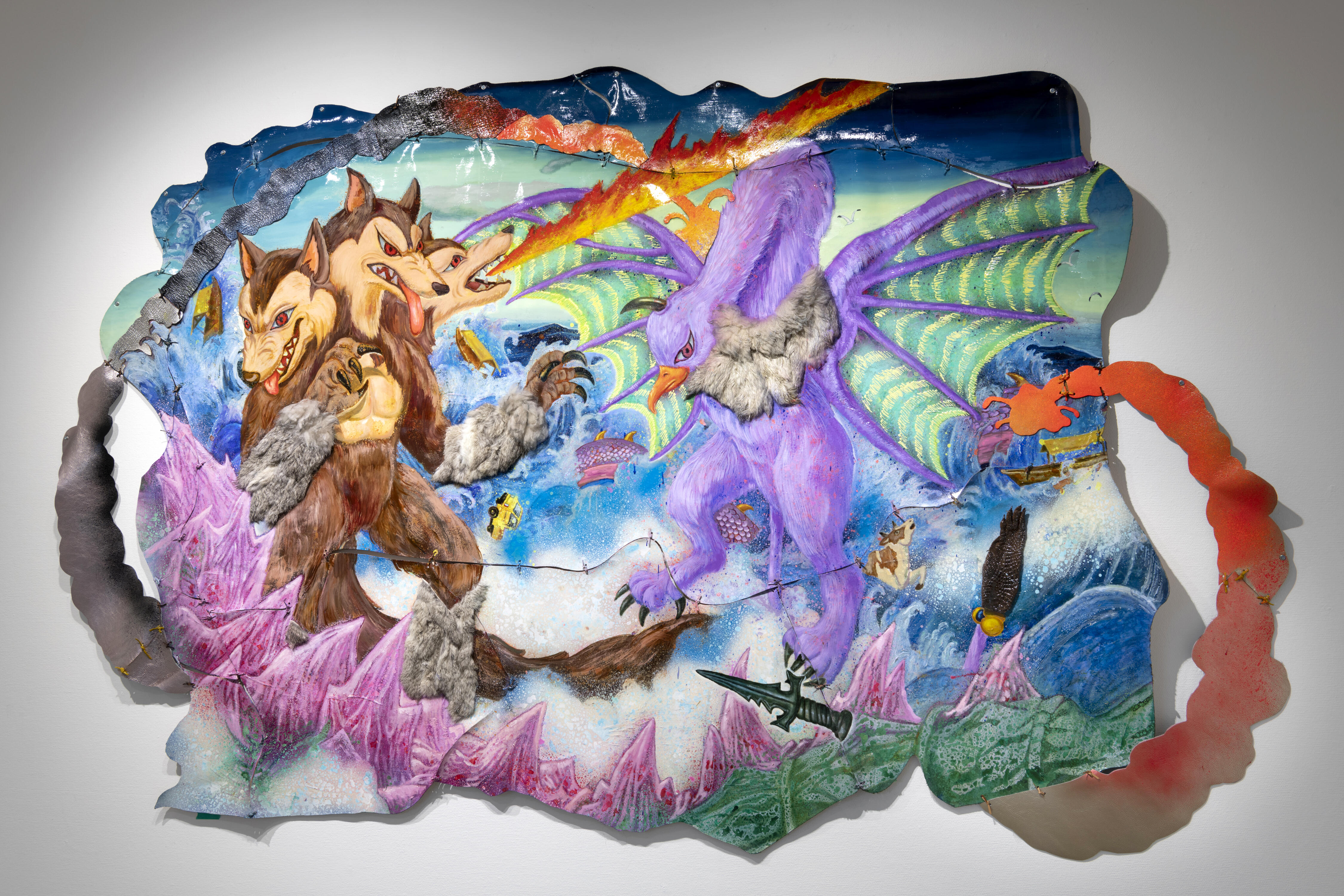
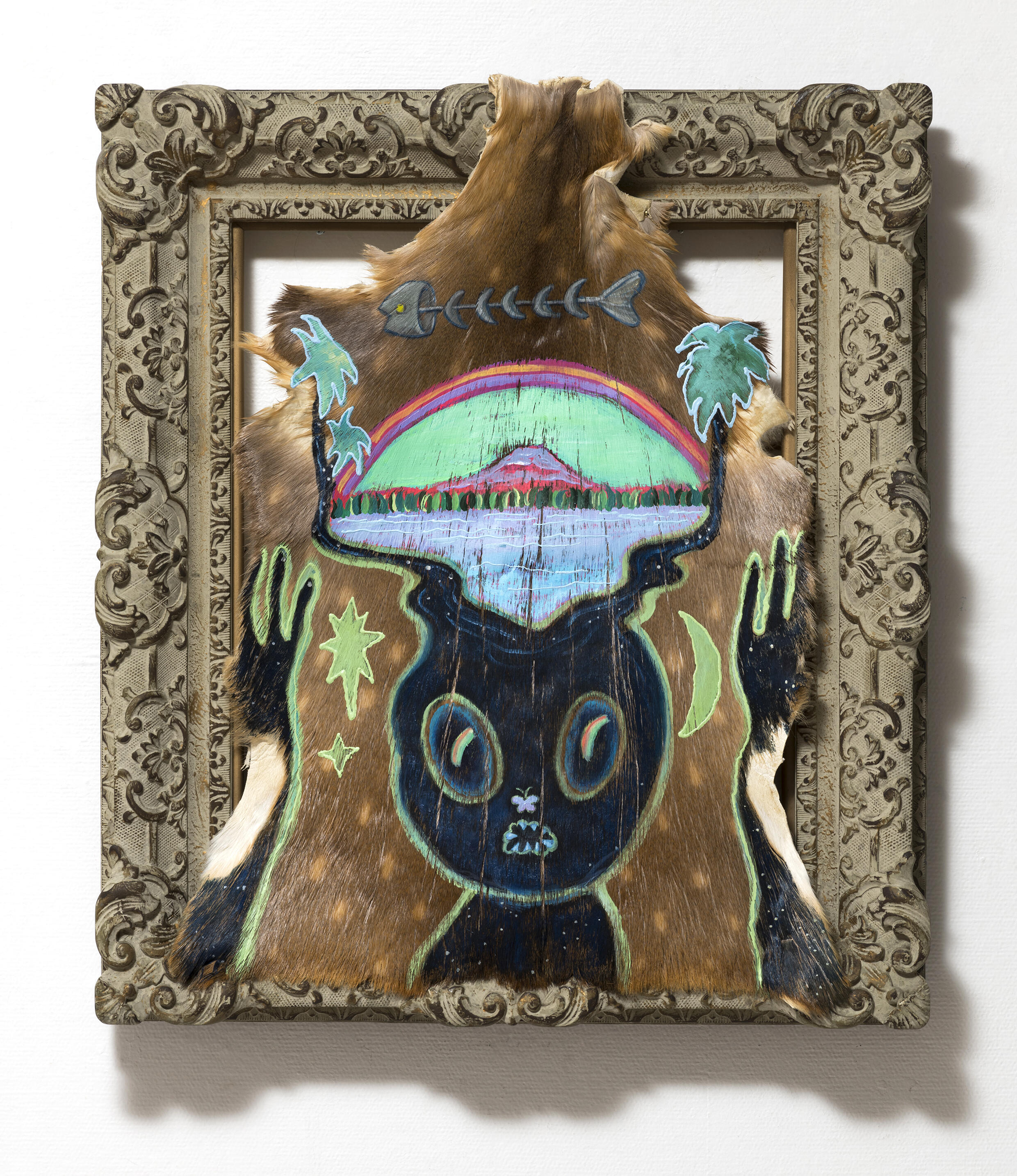
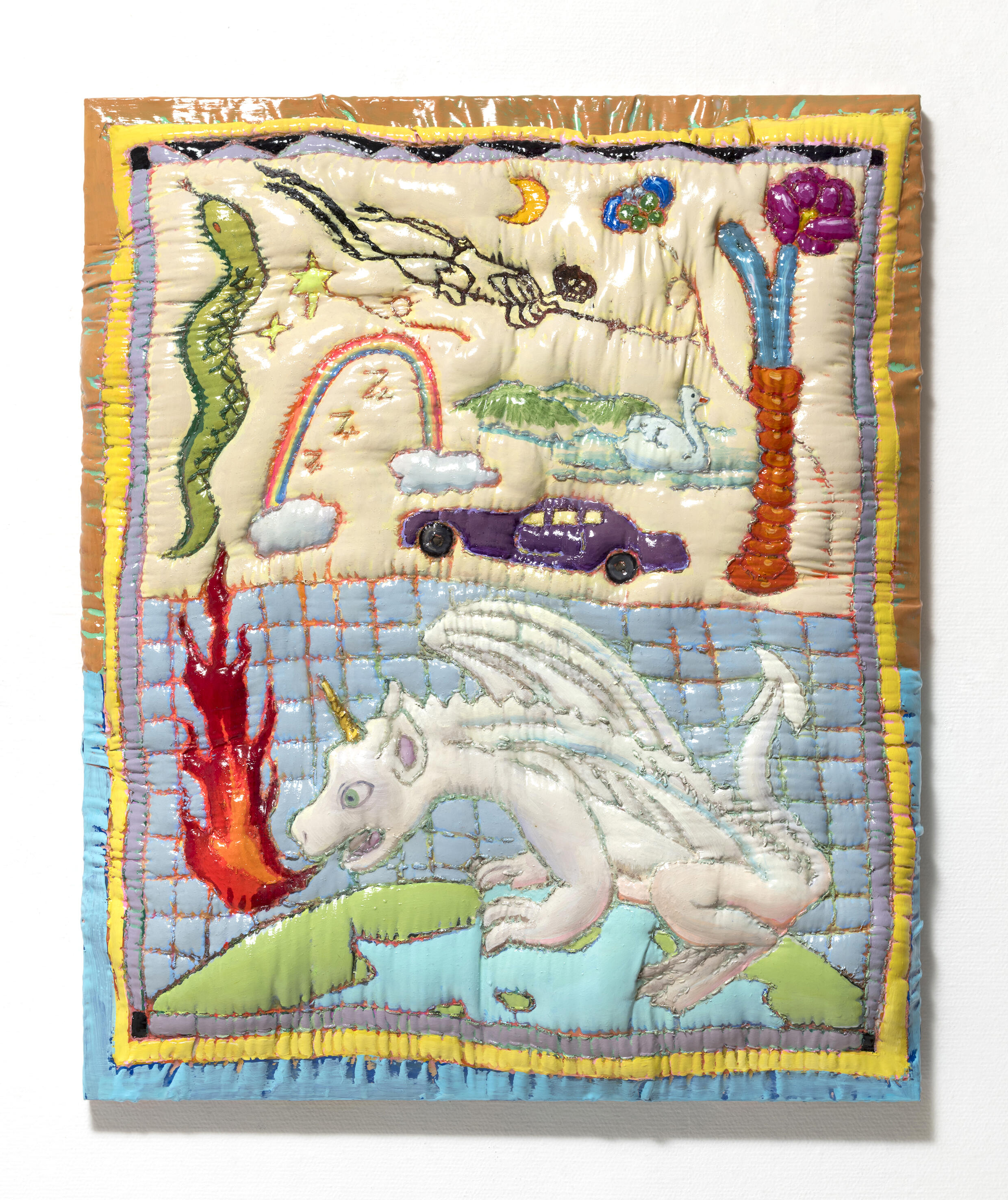

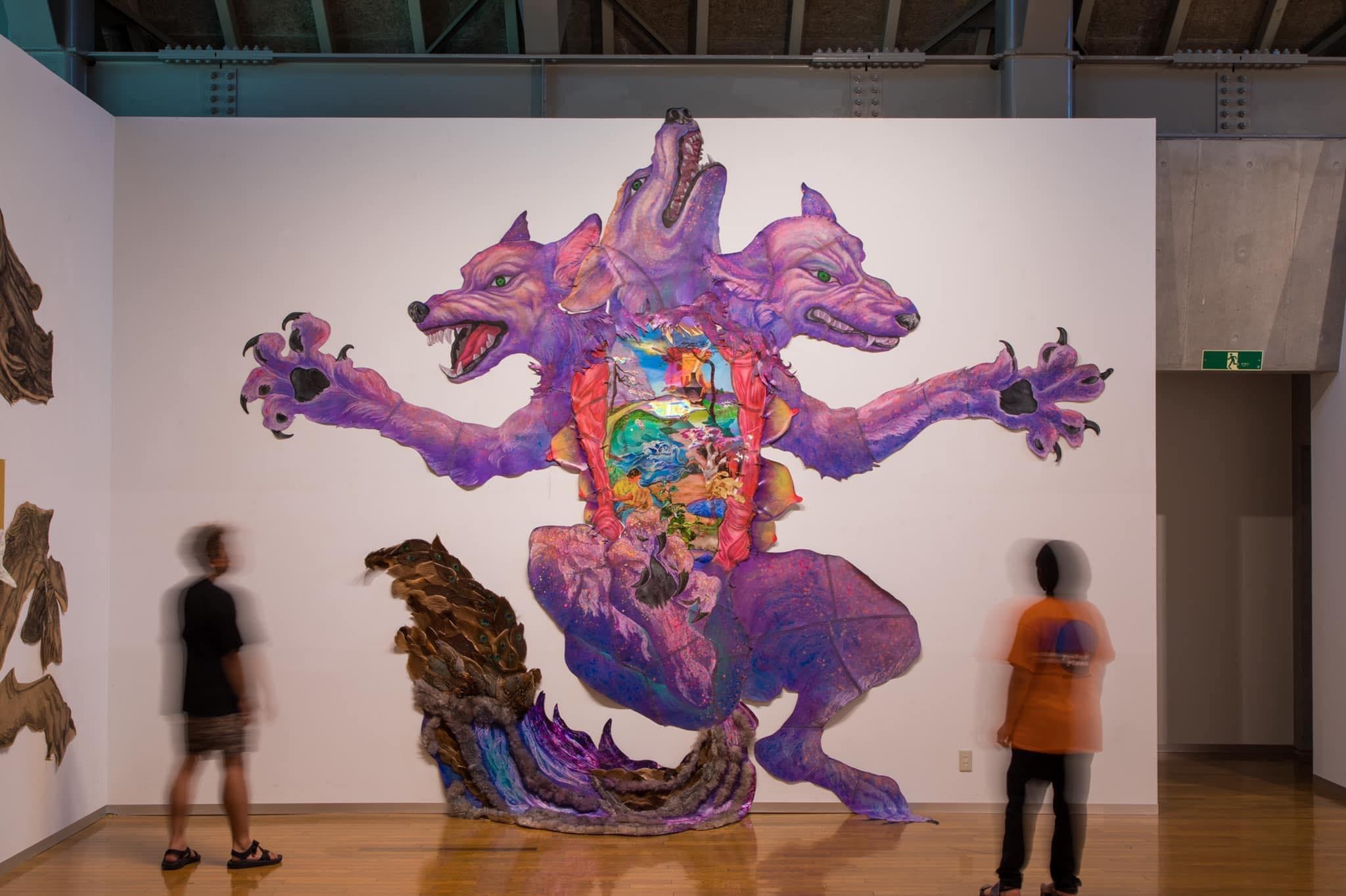
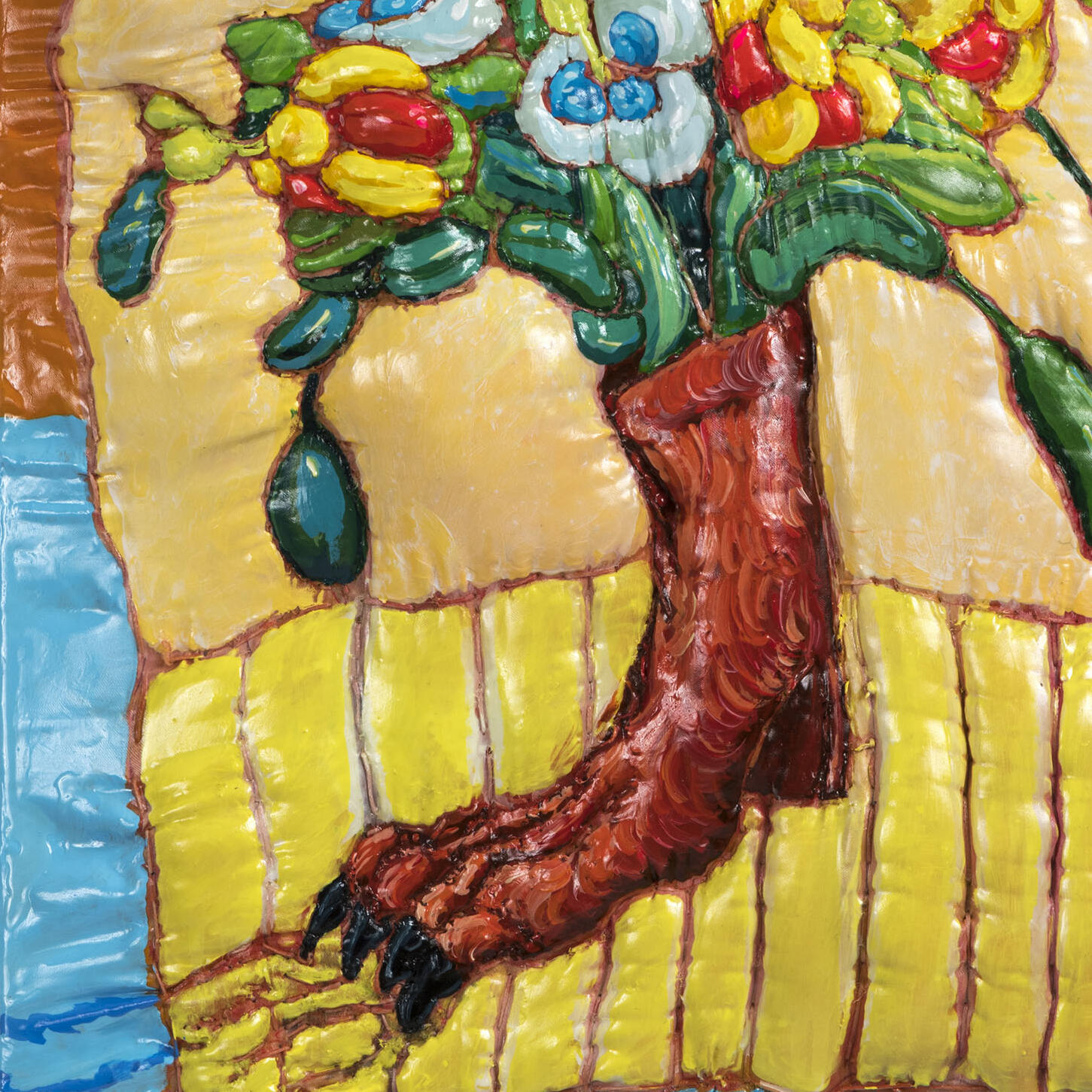
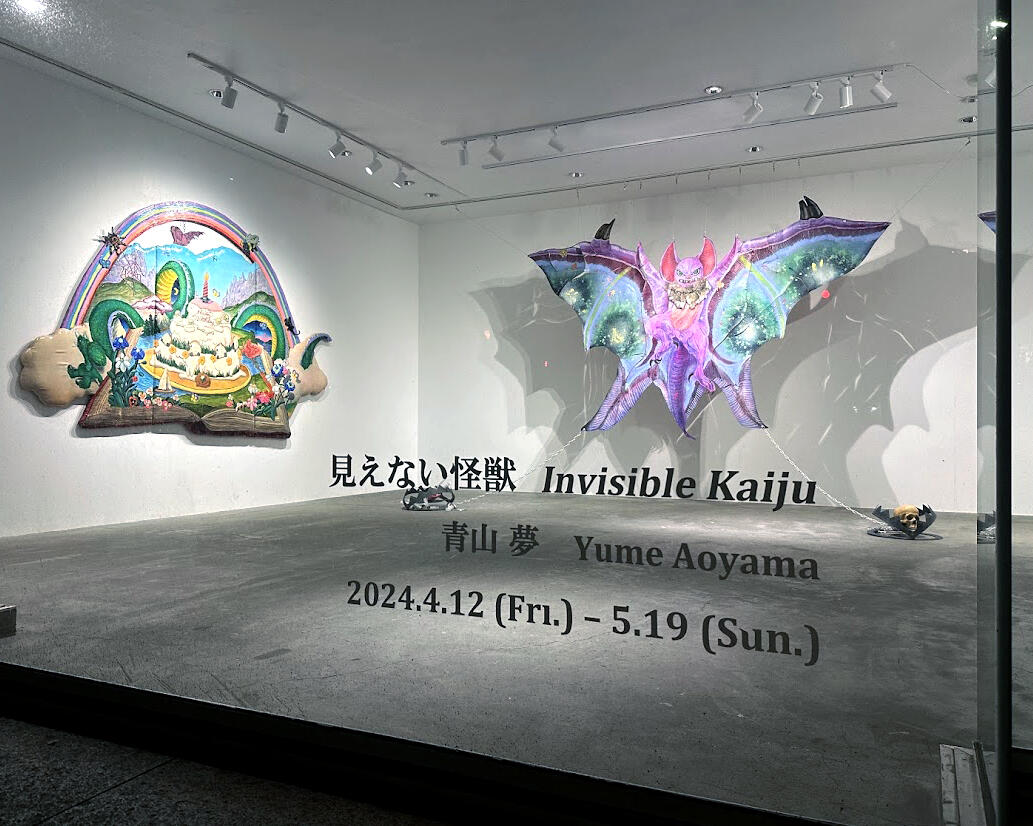
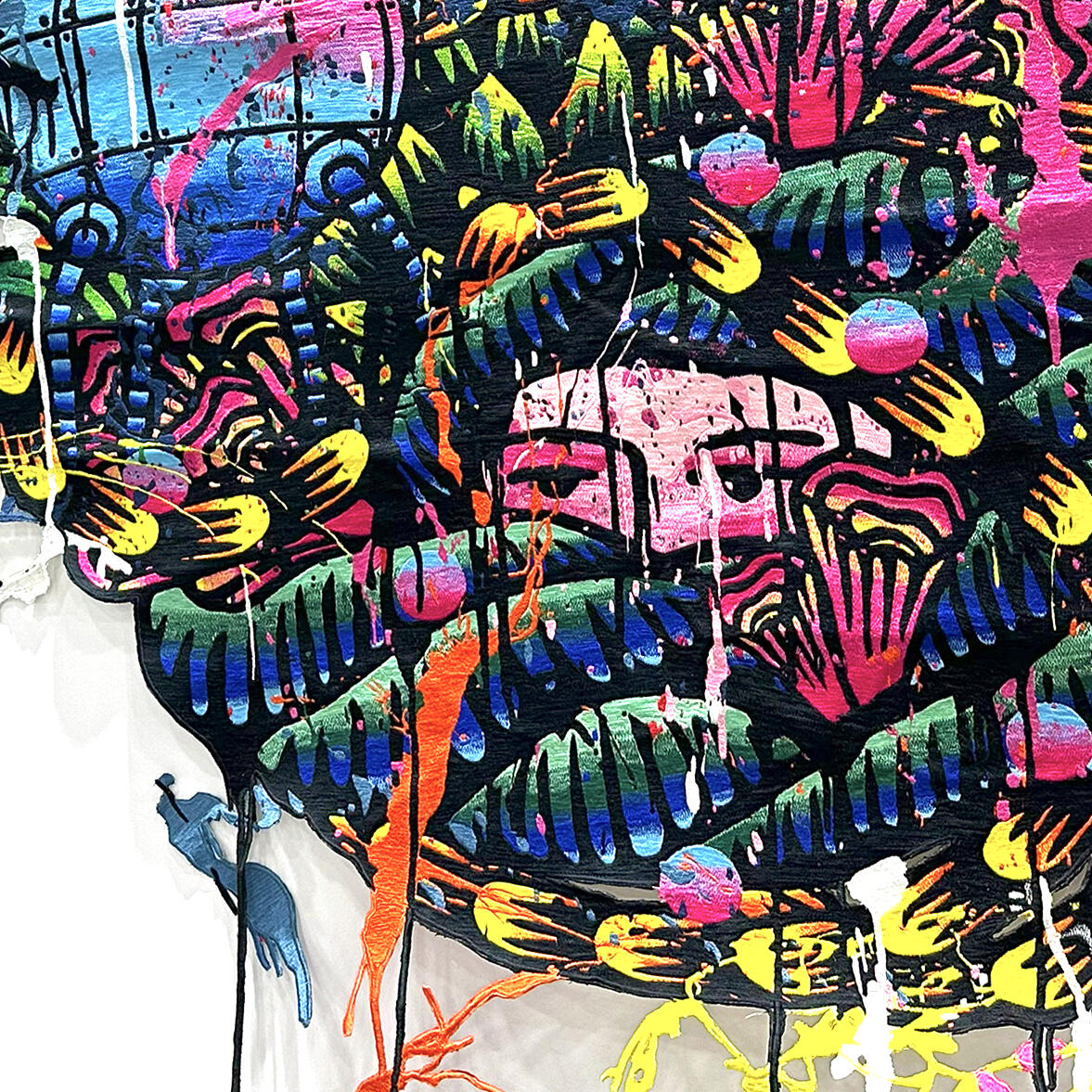
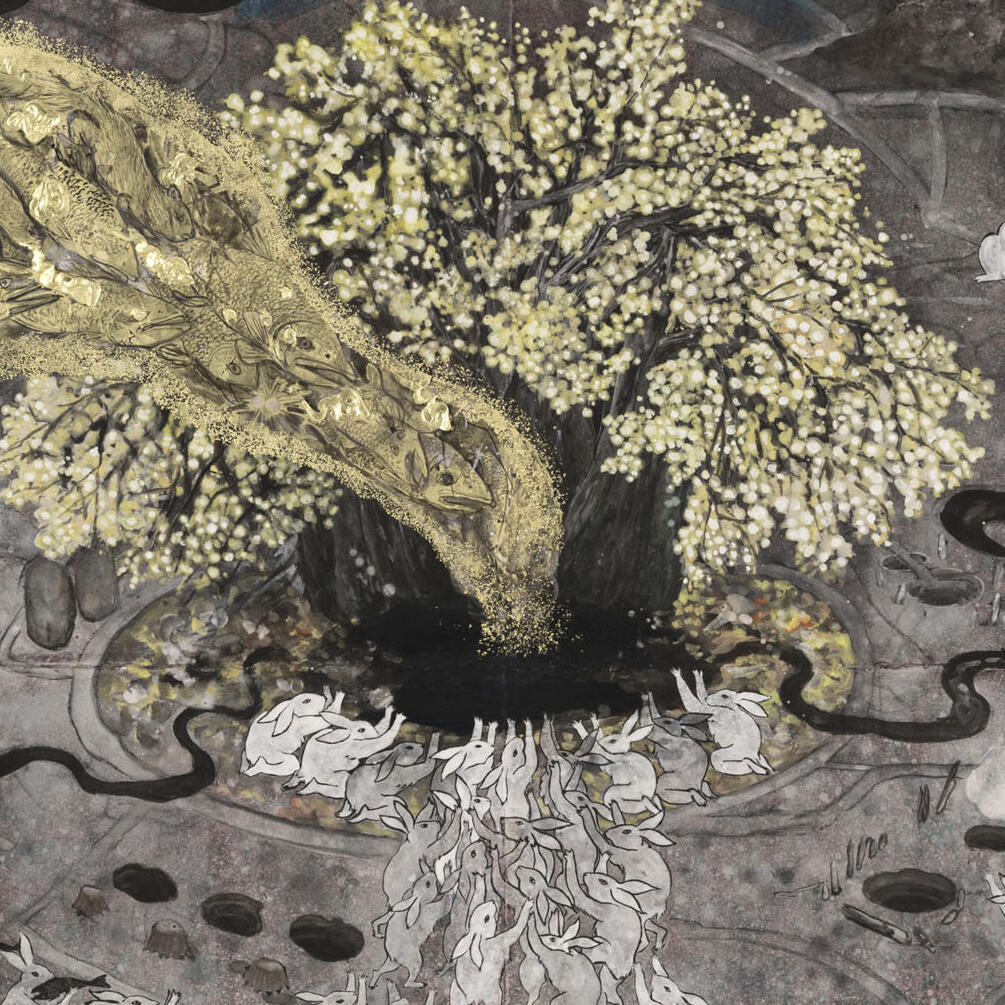
![[ART FAIR] Kiaf SEOUL 2023 / 키아프 서울 2023](https://artfrontgallery.com/whatsnew/assets_c/2023/09/kiaf-thumb-652x652-11457.jpg)
